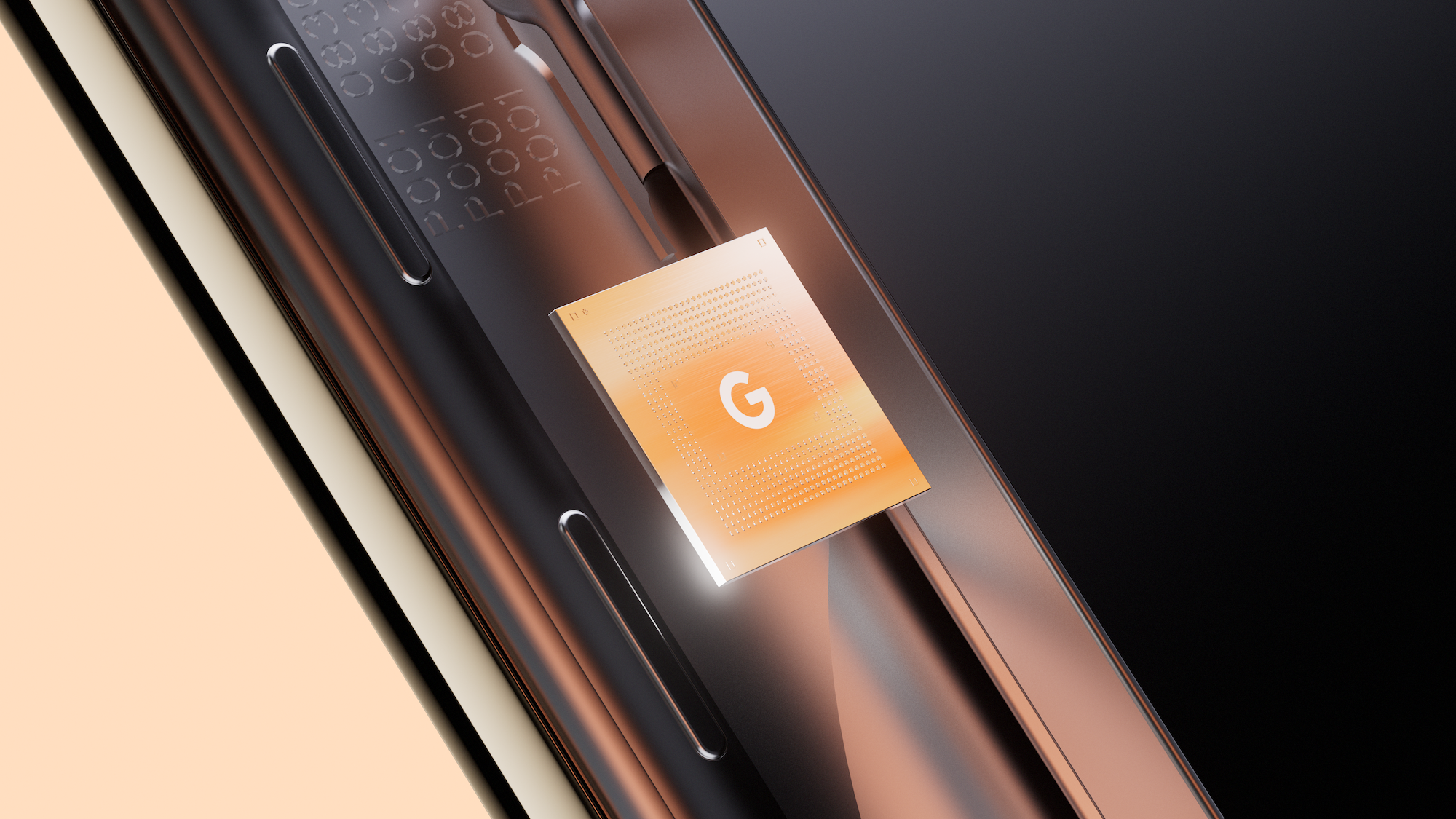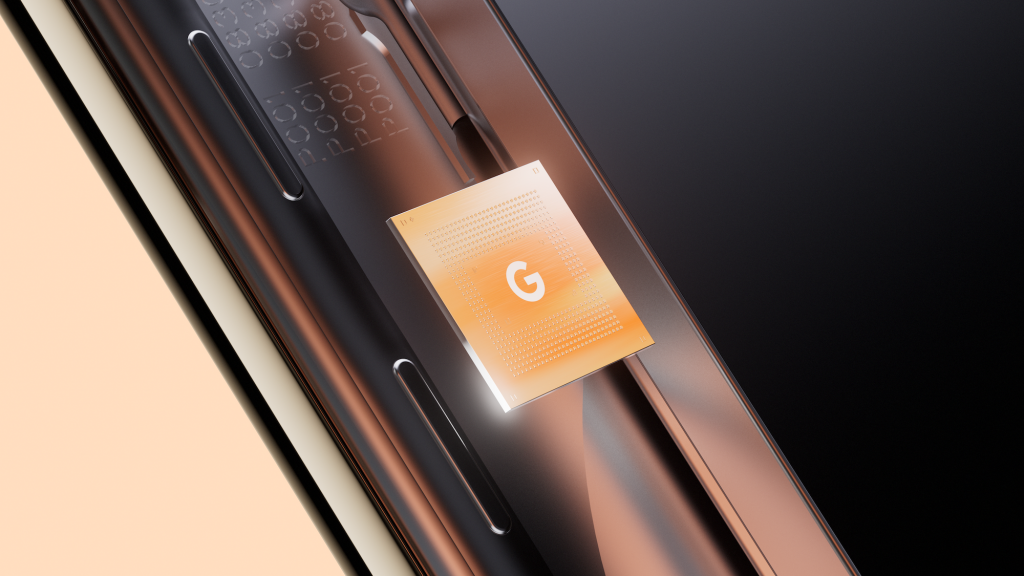
- Google unveiled its first chip made specifically for its Pixel phones on Monday.
- The chip, called Tensor, should bring better AI performance to Google's new phones.
- Google is following Apple's strategy by making its own smartphone chips.
- See more stories on Insider's business page.
Google's first gambit to challenge Apple and Samsung's dominance of the smartphone industry came in 2016, when it launched the first Pixel phone. Now, roughly five years later, the search giant is making its biggest step toward this goal since then.
Google unveiled its new Tensor processor on Monday, a system-on-a-chip that Google designed specifically for its Pixel smartphones. The chip will give Google's upcoming Pixel phones, called the Pixel 6 and Pixel 6 Pro, better performance when processing artificial intelligence (AI) and machine learning tasks, a critical upgrade for powering new and current Google features and services.
"What we've built is a mobile AI computer," Rick Osterloh, Google's senior vice president of devices and services, said in an interview with Insider.
For the everyday Pixel 6 user, that should translate to improvements in speech recognition and photography for now. But in the long term, Google is betting the chip will give its Pixel phones the secret sauce it needs to leave its mark on the smartphone market, where it's struggled to keep pace with Apple and Samsung.
Samsung accounts for 18.6% of the worldwide smartphone market, according to the International Data Corporation, while Apple is responsible for 12.9%. Google doesn't have enough market share to be included in the rankings and is instead grouped into the broader "others" category.
"This'll be the fifth year that we're doing Pixels, and it takes a long time to build capabilities," Osterloh said. "It especially takes a long time to build a real technology platform. But we see this year as a major step change in what we're doing."
It's not just the Pixel's internals that are changing. Google is also outfitting its next Pixel phone with a more elegant glass and metal design, a move that will surely make the Pixel 6 feel more competitive with Samsung's Galaxy S phones.
Google is following in the footsteps of its largest competitors by shifting to its own chips. Apple's smartphone strategy has centered on using its A-series chips to develop customized features for the iPhone for more than a decade. It recently expanded this strategy to Mac computers with the debut of its M1 chip. Samsung and Huawei also produce their own smartphone chips.
Google will now have similar flexibility in creating new Pixel-specific features for its upcoming smartphones.
"When we try to go further, we keep running into issues," Osterloh said. "Hardware limitations, system computing limitations. And that has been a problem that prevented us from innovating even further with AI and ML on device."
Some of the biggest ways the Tensor chip's processing prowess will surface in the Pixel 6 are in photography and speech recognition - which are already two of Google's biggest strengths. Osterloh demonstrated how a Pixel 6 device running on Tensor captured a sharp image of a toddler playing though there was a lot of motion in the scene. He also showed how it could translate and caption a French video to English simultaneously in real time.
The announcement also underscores how crucial AI and machine learning have become for tech giants and the products they make. Apple, for example, poached former Google AI chief John Giannandrea in 2018 to spearhead its AI strategy.
The current Pixel improvements might sound minor for now. But Google is also betting that Tensor's improved AI and ML capabilities will ensure its Pixels are well-equipped for the next wave of innovation in computing, such as augmented reality.
"A common characteristic about all of these [technologies] is that AI and machine learning are going to really help transform user experiences in a lot of different ways," Osterloh said. "You can see it very clearly in photography and videography. You can see it in speech. And those underlying capabilities will apply to a lot of applications. So really the way we interact with computers is going to change."

